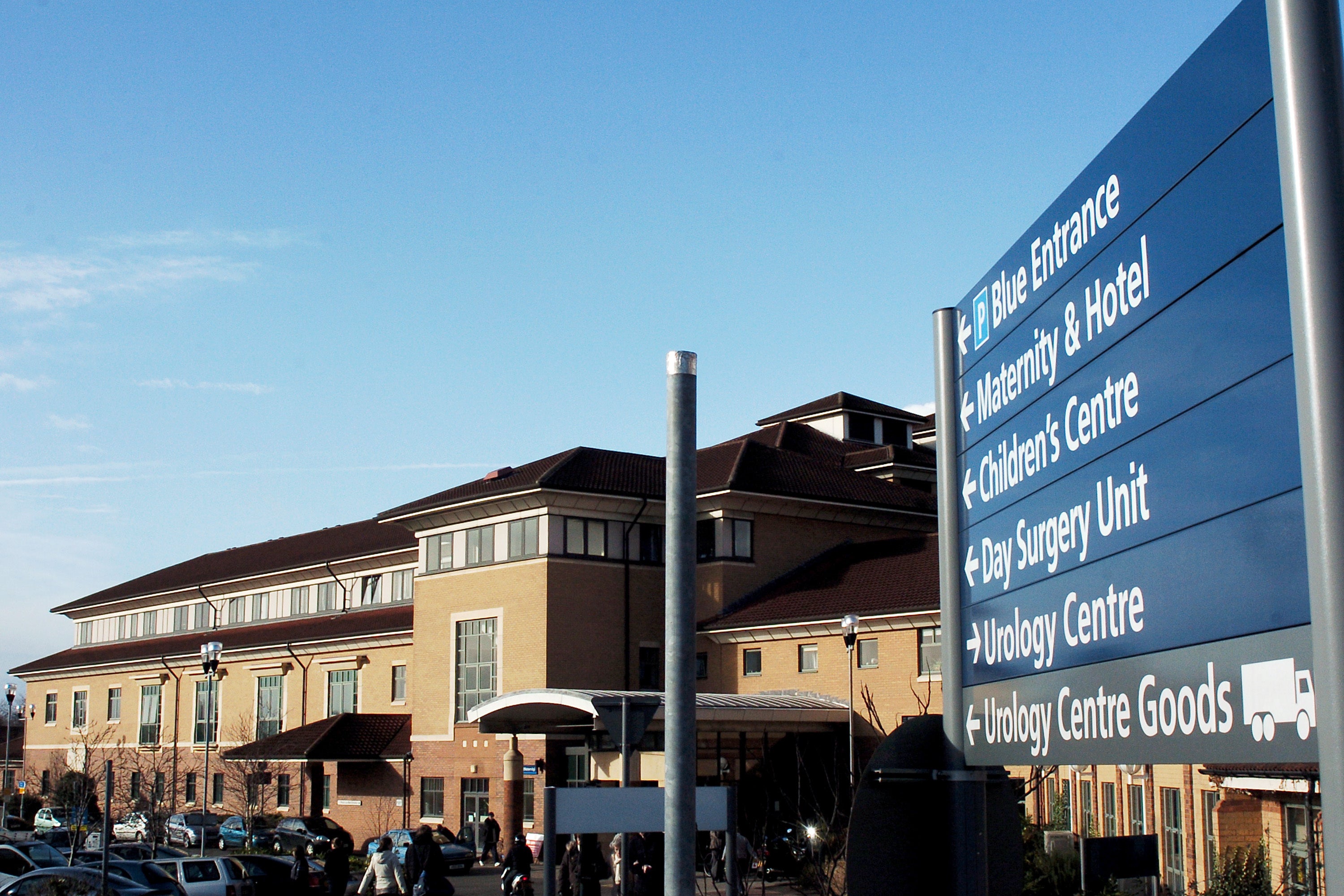Cost of fixing ‘crumbling’ NHS hospitals soars to record £10bn
‘The costs of trying to patch up creaking infrastructure and out-of-date facilities are piling up’ warns NHS Providers
The cost of fixing “crumbling” NHS hospitals has risen to a record £10 billion.
Experts have warned the “chronic” underinvestment in buildings and infrastructure has contributed to the current crisis facing the services.
New data published by the NHS show the total cost of eliminating the backlog of problems with the estate in 2021-22 increased by 11 per cent on the previous year.
The costs of running the NHS’s buildings also rose to £11 billion last year as the cost of its energy use increased by more than 20 per cent from £652 million in 2020-21 to £790 million in 2021-22.
Although the costs of energy increased by one fifth, the NHS’ consumption of energy only went up by 2.59 per cent.
The annual data showed the cost of fixing the most dangerous building risks, those which could lead to “catastrophic failure, major disruption to clinical services or risk of serious injury, was now £1.8 billion - up from £1.5 billion.
Data shows there were 1,816 safety incidents reported related to urgent infrastructure problems during the same period.
Saffron Cordery, interim chief executive of NHS Providers, said: “The maintenance backlog across the NHS continues to grow at an alarming rate.
“Far too many NHS buildings and facilities are in very poor condition and the latest figures show the situation is getting worse. The costs of trying to patch up creaking infrastructure and out-of-date facilities are piling up.
“It’s not just about old boilers and bricks and mortar. Safety of patients and staff is at the heart of everything the NHS does.”

She said there needed to be a “step change” in the government’s approach to capital investment.
“The NHS needs buildings and equipment that are safe, efficient and reliable for patients and staff. Without proper funding, leaky roofs and ceilings, obsolete equipment and ageing IT won’t get fixed or replaced, compromising,” she added.
The data comes after hospitals raised concerns over delays in the Government’s hospital building programme.
Several hospitals, which were not originally included in the government’s flagship programme have RAAC roofs, built using a form of lightweight concrete, which needs to be replaced.
Chief Analyst for the King’s Fund Siva Anandiciva, said: “NHS services are facing a range of really serious challenges which impact on patients and the quality and timeliness of care they receive – including crumbling buildings and outdated equipment, long waiting lists for care, high levels of Covid-19 and growing staff shortages.
“Data published today also show that tackling the backlog of maintenance issues with NHS facilities and equipment, some of which present a high risk to patients and staff, has risen to over £10bn.
“Successive governments’ refusal to confront the worsening health and care workforce crisis and their chronic underinvestment in NHS buildings and infrastructure has created this mix of problems.”
A Department of Health and Social Care spokesperson said:
“This government is investing record sums to upgrade and modernise NHS buildings so staff have the facilities needed to provide world-class care for patients, including £4 billion this year and £12 billion over the next three years.
“We will also deliver 40 new hospitals by 2030 as part of the biggest hospital building programme in a generation, as well as over 70 hospital upgrades across England.”
Join our commenting forum
Join thought-provoking conversations, follow other Independent readers and see their replies
Comments


Bookmark popover
Removed from bookmarks